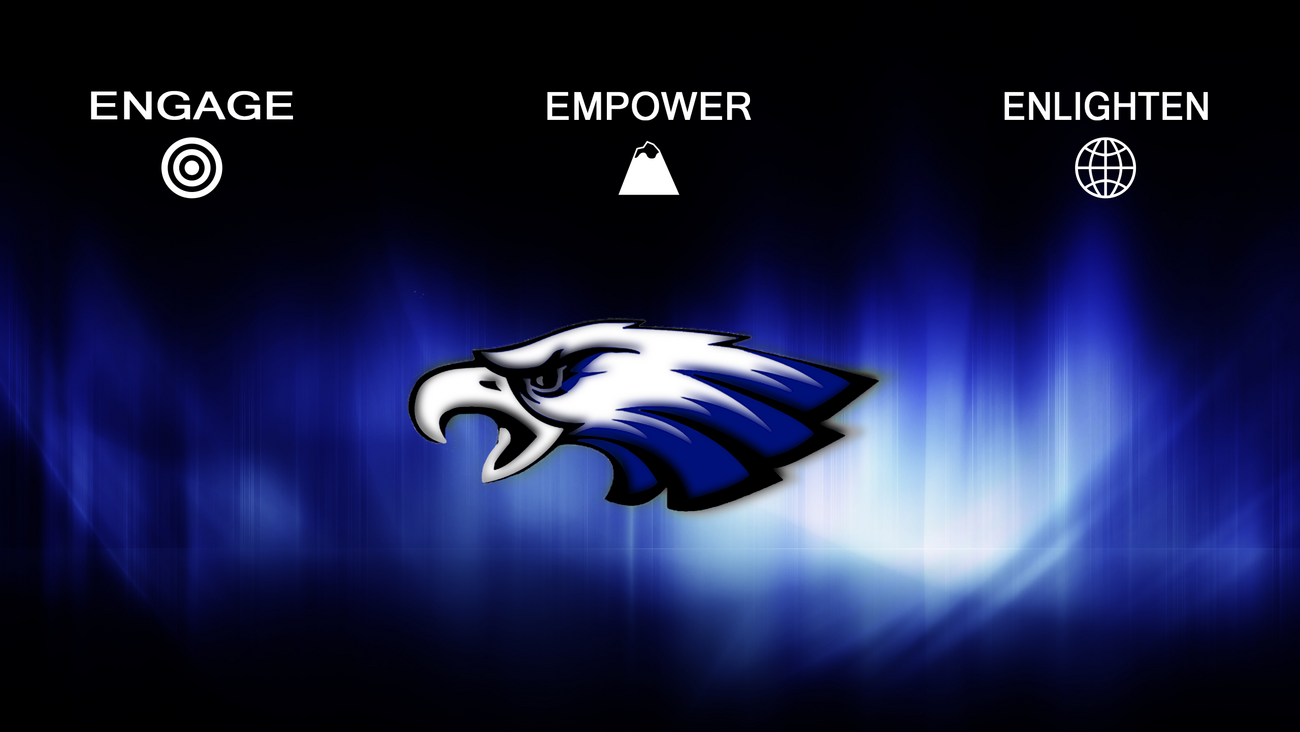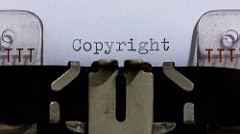Copyright Law and Education
Dennis Skley taken November 8, 2014
Copyright Law
-
Included in the Constitution by the Founding Fathers
- Purpose is to promote human knowledge, not make authors rich
- Copyright Act of 1976 provides the creator of a work of art or literature the right to control how the work is used
- The right to reproduce the piece
- The right to distribute (sell) the work
- The right to create adaptations
- The right to public performance or display of the work
Is the notice needed for copyright to be protected?
- No, no notice is needed, although it is helpful.
- Copyrights come into existence when the author/creator puts words down in a tangible form (handwritten, typed on computer, digital format, etc…)
- Facts are not protected (lists of facts or factual information).
- Everything published in the U.S. before 1923 is part of public domain and not protected.
- Government documents are not copyrighted.
- Items created and added to public domain are not copyrighted.
- Copyright lasts for the life of the creator/author plus 70 years if it was created on or after 1978.
- Paraphrasing a source or giving credit to a source is a good idea, but doesn’t necessarily permit the use of the work.
- Providing a link to a webpage is not using the piece of work, so a link doesn’t need permission.
Education and Copyright
Some uses of copyrighted materials are covered under fair use.
When is it a fair use? That depends on these four factors and, ultimately, a judge.
- Purpose of the use: Is it for education/research or for financial gain?
- Nature of the work
- Amount of portion used
- no legal word limit, although most guidelines say 10%
- quality is as important as quantity
- even a small portion can be the most interesting and can steal the entire focus of a work
- Effect on the market or value of original work: If newly created piece takes away value or the market for the original work, it is less likely to be considered fair use.
Photocopies (or digital copies)
Photocopying is generally ruled a fair use in education, IF it falls under these guidelines:
- Ten percent of a book or piece is used
- One copy is made of a chapter, article, short story, photograph, etc…
- Multiple copies (one per student in one class) if material is brief, spontaneous (not enough time to request permission), and it includes a notice of copyright
Photocopies are not legal when
- The copying is done in place of purchasing materials
- Material is used in consecutive terms (time has been sufficient to request permission)
Things to keep in mind!
Music is copyrighted, too. Arrangements, lyrics, performances, all those things need to be considered when using music in productions and publications.
Digital content is copyrighted, too. Just because it is on the internet doesn’t mean you can use it in any way. Ebooks from Amazon, for example, are licensed to you to view on your device, but not sold to you.
Videos/movies have rights, too. Movies shown for educational purposes are usually considered fair use. However, showing a movie as a reward is not fair use. Our school does have a license purchased that gives us permission to show movies for “fun” things.
Places to find material in the public domain:
- Creative Commons- you can add materials or search for photos, images, text, and video that can be used with some permission. (www.creativecommons.org)
- Soundzabound- royalty-free music for schools (www.soundzabound.com)
For more information on copyright in education, see http://www.edu-cyberpg.com/Teachers/copyrightlaw.html




 Launch the media gallery 1 player
Launch the media gallery 1 player